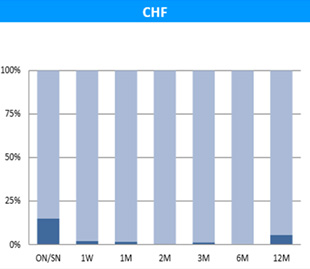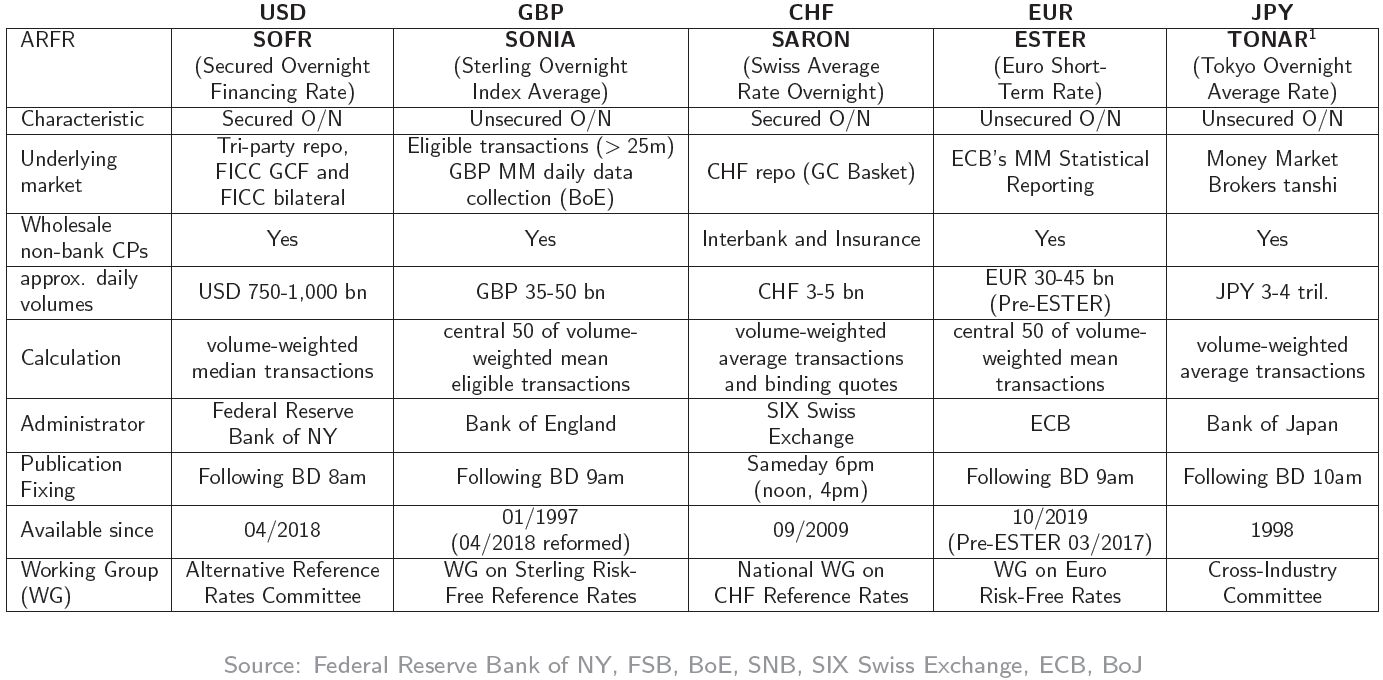Stefan Pomberger
Head cosmofunding

Vontobel was once again present at the world's leading Quant Finance conference "QuantMinds International" in Vienna from 13 to 17 May.
Stefan Pomberger, Executive Director & Head of the Fixed Income Quant Group and member of the Swiss National Bank's national working group for reference interest rates in Swiss Francs, represents Vontobel as keynote speaker on the topic of "New interest landscape after LIBOR" (London Interbank Offered Rate). The "QuantMinds International" is the world's leading Quant Finance conference, where more than 400 experts from different fields (banks, buy-side, regulators, Silicon Valley, universities etc.) analyse and discuss the most important quant topics of the year during 5 days. The hotly debated topics currently include interest rate modeling based on the new reference interest rates, innovations in the areas of big data, machine learning and quantum computing.
In the late 1960s, the Greek banker Minos Zombanakis invented the most important interest rate of our time - the LIBOR (London Interbank Offered Rate) - with the idea of a $80m syndicated loan to Iran on the basis of a new variable interest rate based on the term funding costs of several banks. LIBOR is the average interest rate at which banks can borrow money in various currencies for a number of tenor maturities (e.g. O/N, 1M, 3M, 6M, 12M) in the unsecured interbank market. Until not so long ago, it was impossible to imagine our financial world without LIBOR in its various functions. However, the situation of LIBOR after the financial and economic crisis turned problematic: due to counterparty and credit risk considerations, it "suddenly" played a role how long the money was borrowed. While in the overnight case (O/N) it was possible to make new decisions about borrowing on a daily basis, this was of course not possible with a 6M maturity. From the perspective of an infallible interbank market at that time, this was of little relevance - today we are aware of the implicit credit and liquidity risks associated with LIBOR.
This fact in itself does not yet speak for an end of LIBOR, as the associated problems could be solved using a multi-curve approach consisting of new "risk-free" overnight yield curves (OIS curves) and the money market LIBOR swap curves. However, two major developments heralded the end of LIBOR: the LIBOR scandal (manipulation of the interest rate by the participating panel banks), which came to light in 2012 and the unsecured interbank market, which has been severely affected in terms of volume (drying up) since the financial crisis. The following representative snapshot of the ICE Benchmark Administration from the first quarter of 2018 (LIBOR Quarterly Volume Report) in Swiss francs shows the "drama" regarding LIBOR:

Source: Snapshot of the ICE Benchmark Administration from the first quarter of 2018 (LIBOR Quarterly Volume Report)
Only the dark blue part is based on actual transactions, whereas the majority is purely an expert opinion of the banks participating in the LIBOR panel. In Swiss Francs, the 6M tenor is the most important tenor ("standard tenor") for the derivatives market. To put it bluntly, for example, the fixing of a swap market worth approximately CHF 1,500 billion (outstanding nominal volume) is based on a pure estimate.
The Financial Conduct Authority (FCA), the regulatory authority that supervises the administrator of LIBOR, has therefore announced that it will neither convince nor oblige banks to participate in LIBOR panels after the end of 2021. The existence of LIBOR after 2021 is therefore very uncertain (keyword: zombie LIBOR) and a transition to alternative reference interest rates is inevitable. In recent years, national working groups consisting of experts from the financial industry, national banks and regulators have been formed to develop and set alternative "risk-free" reference interest rates (ARFRs). The following table provides an overview of the market for new interest rates:

Source: Federal Reserve Bank of NY, FSB, BoE, SNB, SIX Swiss Exchange, ECB, BoJ
All these interest rates offer an overnight return on capital. This is both a curse and a blessing: from the point of view of credit risk, of course it seems ideal to reduce the risk to such a short term as overnight, but on the other hand (in the sense of LIBOR consumers), you are used to knowing 3 months in advance how high the interest payment will be for a mortgage, for example. In this sense, this corresponds to our idea of a classical term rate. From today's new perspective, on the other hand, you have to wait until the end of the payment period (in-arrears) and first calculate the compounded interest rate on overnight rates (compounded backward looking) in order to know how high the payment is. In addition to presenting the dynamics of the new (repo) markets and an overview of ARFRs, the talk also deals with various approaches to the formation of such a forward looking term rate (3 months in the example). We also address product specifications for the cash and derivatives market. In particular, we focus on the new ARFR futures and their inherent convexity as well as on considerations on hedging techniques in the fixed income book and on optimizing the capital costs of the bank.
In Wealth Management, we are confronted with client positions referencing LIBOR, which will probably have to be modified by the end of 2021 with regard to a new successor rate i.e. ARFR (keyword: fallback language). This new market development will then have to be communicated and explained to our clients in due course. In Investment Banking, many of our financial products reference LIBOR either directly as an underlying or indirectly through refinancing costs. In Asset Management, this issue is important not least for the choice of a new "risk-free" benchmark plus spread. The Legal & Compliance part (e.g. CSA) should not be underestimated. In Finance &Risk, many analyses and work will be required in the Treasury, Risk Control, Accounting and Tax divisions. Above all, the LIBOR conversion also presents new challenges for our operations in terms of adjustments to our IT systems.
From a different perspective, the LIBOR transformation also opens up many opportunities for us in terms of new product innovations, new strategies in asset-liability management and continued excellent service to our customers, even in the new interest rate environment.